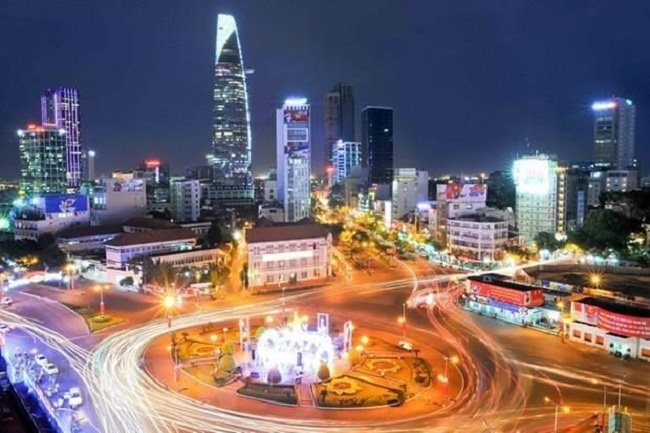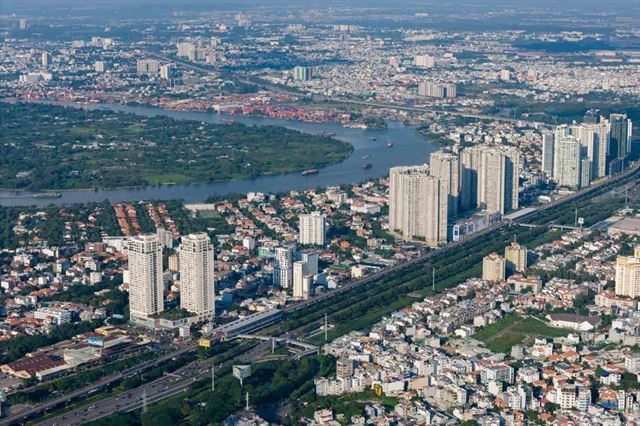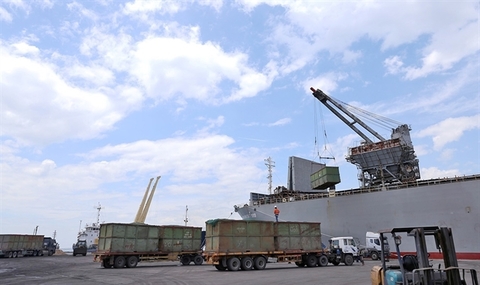Increased autonomy needed for HCMC to drive southern economy
Increased autonomy needed for HCMC to drive southern economy
HCMC plays a major connectivity role in the development of the southern key economic zone, so a special institutional system is needed to increase its autonomy to optimize that role, stated experts at a workshop on Monday.

The HCMC Cadre Academy and the Academy of Politics Region II held the workshop to discuss the role of HCMC in the sustainable development of the southern key economic zone, reported the local media.
The southern key economic region is losing steam in its efforts to lead economic growth, especially in ensuring faster and more sustainable growth, according to Phan Cong Khanh, deputy director of the Academy of Politics Region II.
Khanh remarked that an insight into the connectivity between HCMC and other neighboring localities also reveals various limitations that hinder the development of the entire region.
Therefore, a special institutional system in HCMC is urgently needed to uphold the city’s regional connectivity role. He urged authorities to pay attention to the issues surrounding the reform of administrative procedures, manpower development and investment in transport infrastructure.
Resources should be mobilized to develop satellite towns within the region’s urban system in alignment with the development of industrial parks and services infrastructure.
The move is intended to attract migrants and thus encourage appropriate population distribution, which will help reduce pressure in the downtown HCMC area, and make it easier to handle economic development and social security issues to ensure the sustainable development of the city and the entire region.
Nguyen Tan Phat, director of the HCMC Cadre Academy, relayed a similar view, noting that decentralization to local administrations demonstrates the enabling role of the State. This will make policies match locals’ needs, raising the effectiveness of these policies.
“Decentralization to localities with sufficient financial resources does not threaten the centralization of State power, but serves as an opportunity to develop the country,” he said.
The southern key economic zone makes up around half of the country’s gross domestic product, 57% of the total industrial output, 60% of the total imports and exports and 47% of the national State budget, stated Deputy Director Khanh of the Academy of Politics Region II.
The zone is also the gateway to the southeast, southwest and the Central Highlands regions and has advantages in a wide variety of fields, such as transportation, aviation and seaports, international exchange and cooperation and high-quality human resources.
Do Ly Hoai Tan, a lecturer from the Southern Institute of Social Sciences, stressed that spillover effects from HCMC on the development of neighboring provinces, such as Dong Nai, Binh Duong and Ba Ria-Vung Tau, over the past three decades are very clear and strong.
These provinces have worked to their geo-economic and geo-political advantages, thanks to their proximity to HCMC, restructuring their economies and fast-tracking their industrialization and modernization. The typical examples are industrial zones and export processing zones.
However, according to Tan, HCMC is struggling to meet its growth targets while its resources are overexploited and thus insufficient to ensure investment for long-term growth targets.
Worse still, no systems and policies have been institutionalized to identify and support the leading role of HCMC in the regional economy. “It is high time HCMC was given more power on par with its central position and dominant role in all fields,” Tan remarked.




















